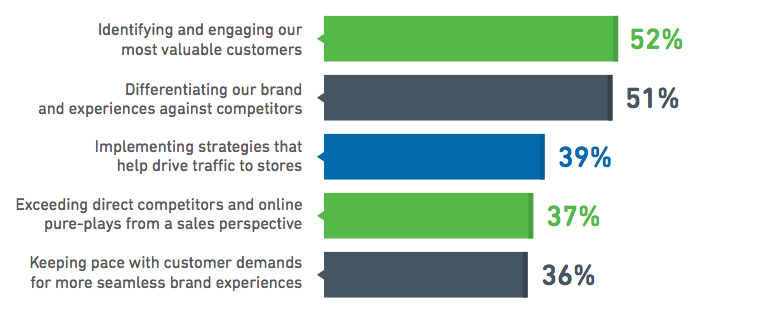Consumers Want Personalization, But Retailers Just Can’t Seem To Deliver
- Fahad H

- Sep 24, 2015
- 2 min read

Personalization is a buzzword that means different things to different audiences. Generally it’s presented as a solution to a host of brand and marketer problems. In practice, however, it’s elusive to define and challenging to operationalize and execute.
At a conference last week hosted by Brandify (formerly Where2GetIt), I gave a presentation that was called “Personalization and Customer Amnesia.” The latter term was coined, I believe, by Brandify CEO Manish Patel. But I could have equally called my presentation “The Personalization Paradox.”
Consumers want personalization — although just up to the “creepy line” and not beyond — and retailers and brands have lots of data on their customers. There are numerous vendors pitching cross-device customer tracking and personalization, but retailers (and others) can’t seem to deliver.
Many studies argue consumers are favorably disposed toward personalization. Some studies, addressing the privacy and “big data” issues, are more nuanced than others. However, all seem to agree that consumers will share personal data to enable better experiences. Consumers do want to know what information is being used, and they want retailers to ask permission, but they’re generally willing to trade their information for certain benefits.

Source: Magnetic/MyBuys (February 2015)
The chart above is a representative survey finding from Magnetic/MyBuys from February of this year. While discounts and offers are often at the center of these “I will trade my information for . . .” surveys, these findings broadly reflect that consumers want expedited and customized shopping experiences across channels.
While this is just one study, these results are common to most surveys that ask similar questions. Moreover, beyond consumer wish lists, there’s a growing expectation of personalization, especially among Millennials and on mobile devices.

Source: Retailer survey, Yes Lifecycle Marketing (September 2015)
Retailers and brands arguably have all (or most) of the data they need to improve shopping experiences and deliver greater personalization. The list above comes from a retailer study recently conducted by Yes Lifecycle Marketing (part of Infogroup).
Despite these data, the survey found that more than half of retailers struggle to identify and engage their best customers. The chart below responds to the question: “As a retailer, what do you find are your top three business challenges?”

Source: Retailer survey, Yes Lifecycle Marketing (September 2015)
The same study also discovered that “42 percent of retail store associates know very little — if anything — about their most profitable customers in order to engage with them effectively.” Yet consumers say they want to be recognized and rewarded for their loyalty. This is an in-store beacon use case (“Welcome back Mr. Sterling, we have these offers waiting for you . . .”).
All stakeholders have an interest in figuring this out. One would assume that, given the alignment of interests in bringing greater personalization to retail experiences, it will happen in the near term. I suspect, however, the larger story and source of friction is not technology or data, but retailer organizational “silos” and culture — and the challenges of operational transformation.








Comments